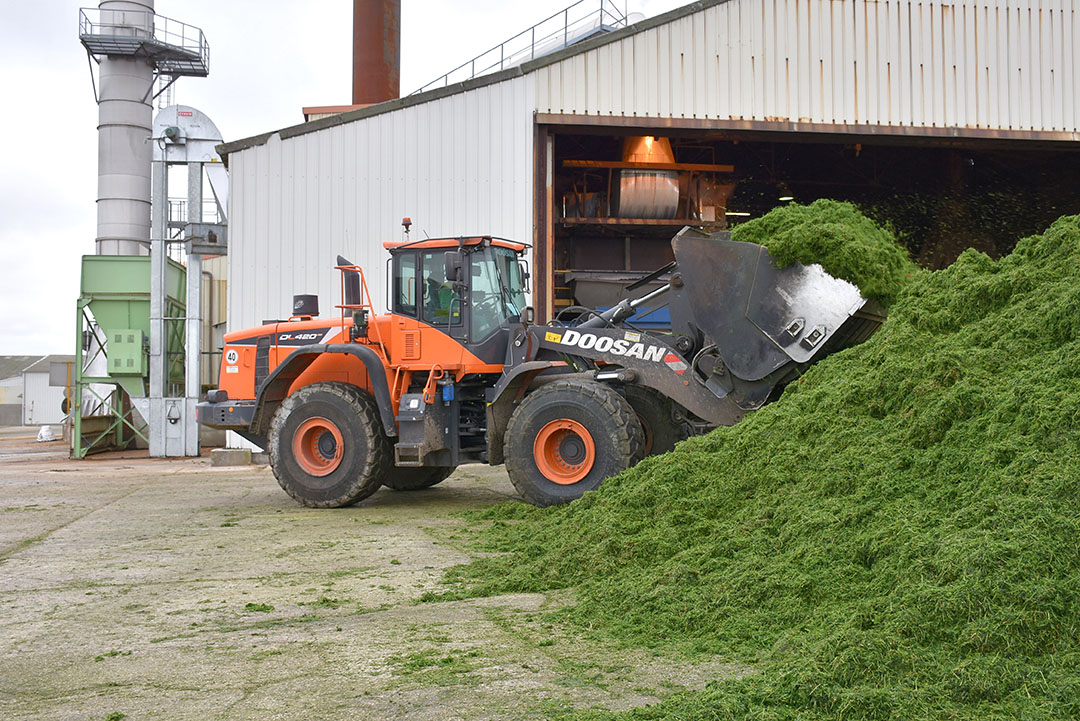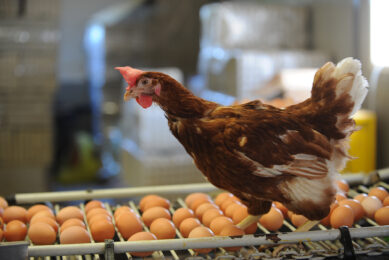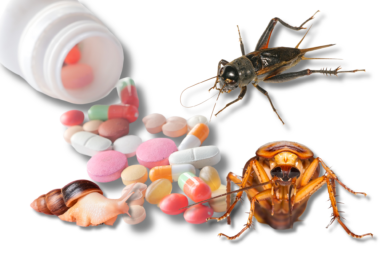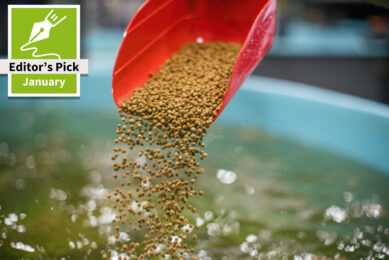Growing alfalfa in France as a high protein forage

Livestock farmers around the world are benefiting from using alfalfa as a high protein feed for cattle thanks to its high protein content.
France is one of the major producers of alfalfa and exports the crop after drying it, to a number of different countries, some of which are affected by hot temperatures and long spells of drought. France itself was also affected by drought for the past 2 years and as a result many farmers decided to grow alfalfa as the grass was not growing. Around 80% of the alfalfa in France is grown in the main farming region east of Paris but in all of France 10,000 farmers grow the crop for themselves or for various drying plants operated by co-ops.
In a good year up to 4 cuts of alfalfa can be taken annually with a yield of 14 tonnes per hectare from the first cut. That average yield falls with each cut that follows. One of the main advantages of alfalfa is that it contains 2,400kgs of protein per hectare which is much higher than soya at 1,000kgs to 1,500kgs of protein per hectare. Alfalfa gains its high content of nutrients and vitamins due to its deep root system that can extend to over 20 feet deep taking in nutrients unreachable by normal root systems. Managing the crop uses very few herbicides and in France it is all non-GMO. Around 7% of the total production is farmed organically and this figure is growing rapidly. Alfalfa is normally dried after harvesting to produce high quality bales or pellets for livestock. This year demand for bales across Europe was high due to the prolonged periods of drought. When the alfalfa is harvested the moisture content is around 65% so it is then sent to the dehydration plants to be dried in a rotary drying drum. Hot air currents at 150°C to 650°C generated by coal furnaces dry the crop to around 10% humidity before it is crushed to be made into pellets or sent uncrushed for baling.
|
The future for growing alfalfa in France is very good,” – Eric Masset.
First French dehydration cooperative
One of the processing plants that dries alfalfa is based in St Remy on Bussy east of Paris and is owned by the Luzeal Co-op group. Luzeal was the first French dehydration cooperative to be formed and harvests 35% of the national production of dried alfalfa. The co-op has 5 production sites in the north of the Marne and the southern Ardennes, and processes more than 21,000 ha of alfalfa produced by its 1,850 members. A total of 400,000 tonnes of dried product is produced by Luzeal including 140,000 tonnes of alfalfa pellets. The St Remy on Bussy site harvests 3,700ha of alfalfa producing around 40,000 tonnes of bales. Eric Masset is both the president of Luzeal and the Coop de France Dehydratation and grows alfalfa on his own farm. He said: “There are a number of benefits in growing alfalfa in terms of the crop’s protein content and environmental advantages. We can successfully grow alfalfa for three consecutive years on the same land before the yields start to decrease. This crop also ensures the lowest bee mortality rate as we leave strips of alfalfa around the outside of the fields. This is a good habitat for the bees and the farmers receive a payment from the European Commission for allowing it to stay,” he said. “During subsequent cuts we increase the numbers of strips left to provide even more areas for bee numbers to increase.”
Harsh drought period
Masset runs a 200 hectare farm of which 15% is used to grow alfalfa and the remainder for a variety of grain crops. He reports some of his grain yields fell this year due to the harsh drought period. “Our wheat yielded 9.5 tonnes per hectare this year, winter barley was 8.5 tonnes, rapeseed was around 3 tonnes and spring barley was 8 tonnes per hectare,” Masset said. “Normally the alfalfa would yield around 14 tonnes per hectare but this year being so dry the average yield was down to 10 tonnes per hectare. We harvested each cut after 45 days of growth. When the alfalfa is dried it can sell for € 170 per tonne for the pellets and € 190 per tonne for the bales which weigh around 380kgs to 440kgs each,” he added.

Alfalfa a key component
Luzeal exports around 60-70% of the bales it produces to the Benelux countries, Switzerland, Germany and into Saudi Arabia. Farmers that grow alfalfa in France receive a subsidy from the European Parliament of around € 10 per tonne. In total, French farmers grow in the region of 67,000 hectares of alfalfa each year and receive approximately € 8 million in subsidies for it. “The future for growing alfalfa in France is very good,” said Masset. “Over half the proteins required by livestock farmers in France are grown in France and alfalfa is a key component of that overall production. “As we saw this year with changing climates and a long drought period alfalfa was a vital crop to produce forage for not only French farmers, but those further afield also affected by dry or drought conditions. “There is obviously a big demand for alfalfa from dairy farmers due to the high nutrient value of the crop. However, there is a growing demand for alfalfa to feed horses as well. Alfalfa pellets are less dusty and are suitable for older horses that have problems with their teeth because the pellets require less chewing than hay,” he said.
Alfalfa: The factsAlso known as lucerne, alfalfa belongs to the Leguminosae family and has been used as a fodder feed for cattle and horses for centuries. The word alfalfa is mostly used in North America and parts of Europe but lucerne is more widely used in the UK, South Africa, Australia, and New Zealand. At first glance the plant looks a lot like clover with its three pronged leaf structure. It also has clusters of small purple flowers which are followed by fruits spiralled in two to three turns containing up to 20 seeds. Records suggest alfalfa originates in south-central Asia, and was first cultivated in ancient Iran before the first Europeans in Greece got their hands on it.  Alfalfa pellets have a protein content of up to 23%. Alfalfa grows well in most climates and in any soil making it one of the most versatile forage crops around. Laced with nutrients thanks to a root system that digs deeper than most others, alfalfa is also a nitrogen fixer meaning it does not require additional fertiliser to grow. It has a higher percentage of digestible nutrients than any other form of hay or roughage and is a very high protein feed that is also high in energy, as well as calcium and vitamins. Alfalfa fixes around 70-90% of its nitrogen needs from the air through Rhizobium bacteria residing in alfalfa root nodules. It has been suggested that additional applications of nitrogen has indeed increased the yield and forage quality of alfalfa but actual research results have been mixed. |



 Profile
Profile








